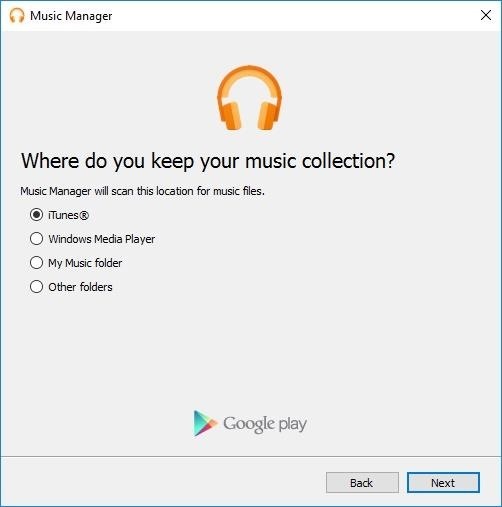

The main thing to figure out is how to sign the Android App Bundle. You'll be uploading this to an S3 bucket soon. Once you've created your service account and given it the appropriate permissions, make sure to download the service account key and keep it safe. To see how to create a service account and give it access to the Google Play Publisher API, look here. You can read more about how Google uses OAuth2.0 for server to server communication here. To be able to use the Google Play Publisher API, you will need a Google Play Service Account key.Ī service account is an account that can act on your behalf when servers are communicating with each other. How to Get Your Google Play Service Account Key Once it gets a 200 response, the Lambda will then trigger a Slack notification. Uploading the bundle to S3 will trigger a Lambda, which will download the bundle and upload it to the Play Store using the Google Publishing API. The Code Build project will sign the Android app from the command line and upload the artifact to an S3 bucket. Pushing to the master branch of your Android app repository is going to trigger Code Build. This Code Pipeline will have Code Build as one of its stages. The above image shows you a general overview of how we'll structure the whole thing.Įssentially, there needs to be a Code Pipeline set up on AWS for your Android repository. Here are the resources we are going to be using for this tutorial: This is a valuable use of your time for a number of reasons, like creating observability and prioritizing processes. Once we've uploaded the app bundle, we'll trigger a Slack notification. We'll use Android Studio and AWS as a cloud infrastructure provider. In this article, I'm going to explain how to automatically upload an Android App Bundle (.aab file) to the Play Store's beta track.


 0 kommentar(er)
0 kommentar(er)
